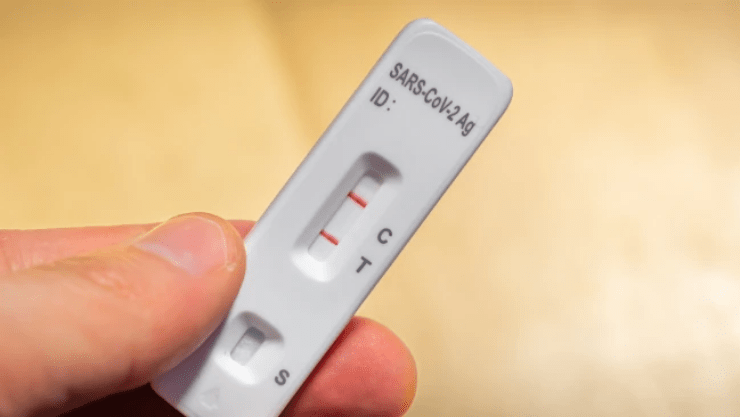Since the use of Rapid Antigen Tests (RATs) became widespread in Australia, the public’s responsibility over reporting positive COVID-19 RATs is concerning pathologists.
In most cases, Rapid Antigen Tests are being completed in home settings meaning responsibility is placed on the patient to ensure their positive infection is recorded and reflected in Australia’s healthcare data.
This is the first time that the public have been given this duty.
Before the pandemic, recording of specific communicable diseases was managed by healthcare professionals and pathology laboratories through the National Notifiable Diseases Surveillance System (NNDSS).
The system captures a long list of notifiable diseases including laboratory confirmed influenza, syphilis, hepatitis and measles, plus diseases rarely seen in Australia such as leprosy.
For these diseases health professional consultation and pathology test results confirm the diagnosis, which is then reported to the NNDSS, ensuring there is an accurate record and disease outbreaks can be tracked.
Pathologists are concerned that without a full picture of all COVID-19 infections in the community, recording both laboratory and RAT results, public health data will become inaccurate.
Pathology Awareness Australia ambassador Dr Caitlin Keighley is a microbiologist and infectious diseases physician. She is urging the public to report their positive COVID-19 tests, she said:
“Without accurate public health data on COVID-19 infections, we have no way of knowing what the true number of positive infections in the community. Reporting every positive Rapid Antigen Test is the only way we can count positives. This data is vital to planning public health responses and assessing the impact of treatments and vaccines for COVID-19.”
When a positive RAT is reported via phone or online to state health departments, every patient receives a survey to fill out, clarifying their ability to safely manage COVID-19 symptoms while isolating at home.
Patients filling out this survey provide the health department with information on the number of COVID-19 patients that can manage their symptoms effectively, as well as those who require assistance, and the number of people who are at high risk of more severe disease.
This is also important for patients to ensure they are provided information about accessing treatment for COVID-19, particularly those who are higher risk such as the immunocompromised and older Australians.
While Rapid Antigen Tests have assisted COVID-19 testing in terms of accessibility and convenience, there is some concern among pathologists around the accuracy of the test and the reporting of test results. PCR testing is still the most accurate test, therefore if there is uncertainty around RAT results, pathologists recommend getting a PCR test.
Tests performed in a home setting are more open to user error and the obligation to record positive results rests with patients, who may not be aware of this duty, or of reporting mechanisms.
Dr Keighley said, “I urge Australians to report all positive Rapid Antigen Tests to their state health department. When you are unwell, reporting your positive test may not seem like a priority, but it is so important to take the time to do so. It informs us of the public’s resistance to the virus and allows us to take steps to reduce its effect on patients.”
Accurate infectious disease data is critical for microbiologists and infectious disease experts, like Dr Keighley, in the long-term management of viral community outbreaks and new COVID-19 variants.
COVID-19 Polymerase Chain Reaction (PCR) tests performed in a pathology laboratory are still widely available and Australians can find local testing sites through their state health department or contact their healthcare provider about testing. All PCR results are then sent to state health departments by pathology laboratories.
In Australia, all positive COVID-19 test results are required to be reported.
Australia currently has the highest per capita rate of COVID infections of any comparable country in the world. High rates of infection allow high rates of mutation and the possibility of new variants emerging. Continued testing and accurate reporting will minimise transmission and in turn, COVID infections.
For those with concerns over language barriers, online forms to report a positive COVID-19 test result is compatible with most translation reader technology.
Read media coverage on this topic here:

